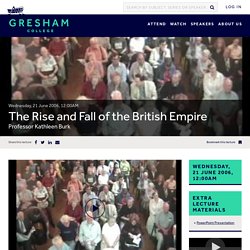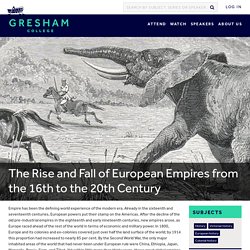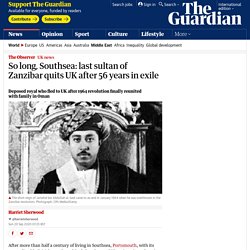

History: Empire and Seapower. New research sheds light on Alexander Hamilton's ties to slavery. Far from being the “uncompromising abolitionist” of Ron Chernow’s hit biography and the Broadway musical it inspired, Alexander Hamilton not only owned enslaved people himself “but his involvement in the institution of slavery was essential to his identity, both personally and professionally”, new research claims.

“When we say Hamilton didn’t enslave people, we’re erasing them from the story,” Jessie Serfilippi, a historical interpreter at the Schuyler Mansion State Historic Site in Albany, New York, told the New York Times. “The most important thing is they were here. We need to acknowledge them.” One leading historian of founders and slavery, Annette Gordon-Reed, said that in showing Hamilton “as an enslaver”, Serfilippi had “broadened the discussion”. Serfilippi’s research has therefore caused a stir. “In the 21st century,” she writes, “Alexander Hamilton is almost universally depicted as an abolitionist. “All the criticisms are valid,” he wrote. Copy of Chapter 12 Kenya and the Sudan. Copy of Chapter 3 Australia Canada and New Zealand. Copy of Chapter 1 The American Revolution and the Slave Trade. Copy of Chapter 2 Britannia's Indian Empire.
Copy of Chapter 6 Towards Conquest in Africa. Homework wider reading.
The Rise and Fall of the British Empire. Professor Kathleen Burk It seems to me that one ought not to look at the history of the British Empire - or of any empire, for that matter - as one of a simple rise and fall.

Granted, if one looked at a series of maps, if one paid attention only to the broad trajectory, that is clearly the historical theme. However, as those of you who have attended my earlier lectures this year will already realise, the history is more of a series of waves, depending on when and where: most would see the loss of the American colonies in 1783, for example, as a decline. The Rise and Fall of European Empires from the 16th to the 20th Century. Empire has been the defining world experience of the modern era.

Already in the sixteenth and seventeenth centuries, European powers put their stamp on the Americas. After the decline of the old pre-industrial empires in the eighteenth and early nineteenth centuries, new empires arose, as Europe raced ahead of the rest of the world in terms of economic and military power. In 1800, Europe and its colonies and ex-colonies covered just over half the land surface of the world; by 1914 this proportion had increased to nearly 85 per cent. By the Second World War, the only major inhabited areas of the world that had never been under European rule were China, Ethiopia, Japan, Mongolia, Persia, Siam, and Tibet.
Yet within little more than thirty years, these great global empires had almost all collapsed, and by the end of the twentieth century, all that was left were a few isolated and fragmentary colonial possessions. The Mayflower: A London-Leiden Adventure. So long, Southsea: last sultan of Zanzibar quits UK after 56 years in exile. After more than half a century of living in Southsea, Portsmouth, with its unpredictable British weather, shingle beaches and Victorian pier, relocation to the Gulf state of Oman might take some adjustment.

But for Jamshid bin Abdullah al-Said the 91-year-old last sultan of Zanzibar, it was the next best thing to going home. The man who ruled the tiny Indian Ocean archipelago until he was deposed in a bloody revolt in January 1964 finally arrived in Muscat last week. Multiple earlier requests from the sultan to be allowed to live in the Gulf state had been rejected by the government on security grounds.
But now his request to retire in Oman was granted due to his age, a family member in Muscat told the Abu Dhabi-based the National. “He always wanted to spend his last days in the country of his ancestors and now he is happy he can do that.” Abdullah al-Said is distantly related to the present sultan of Oman, Haitham bin Tariq al-Said, with whom he shares the same lineage of royalty.